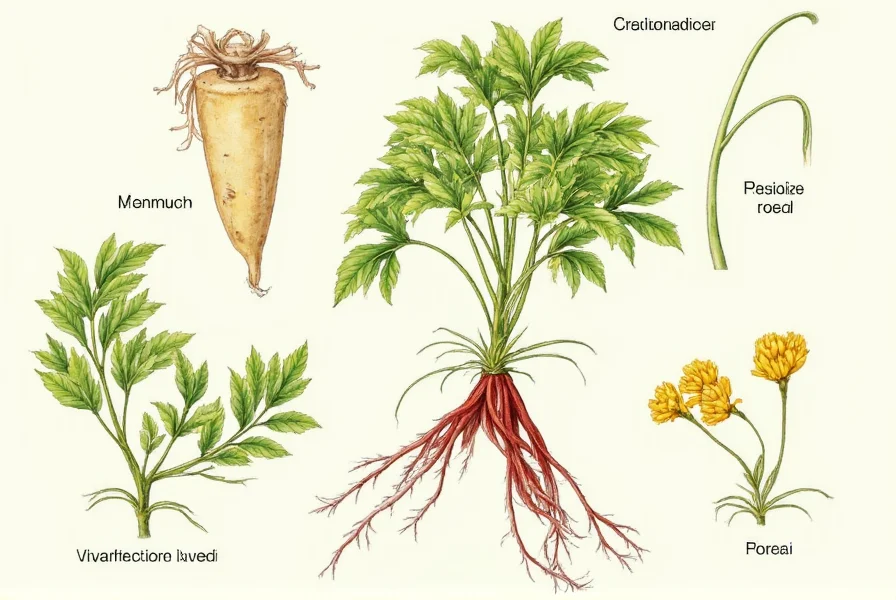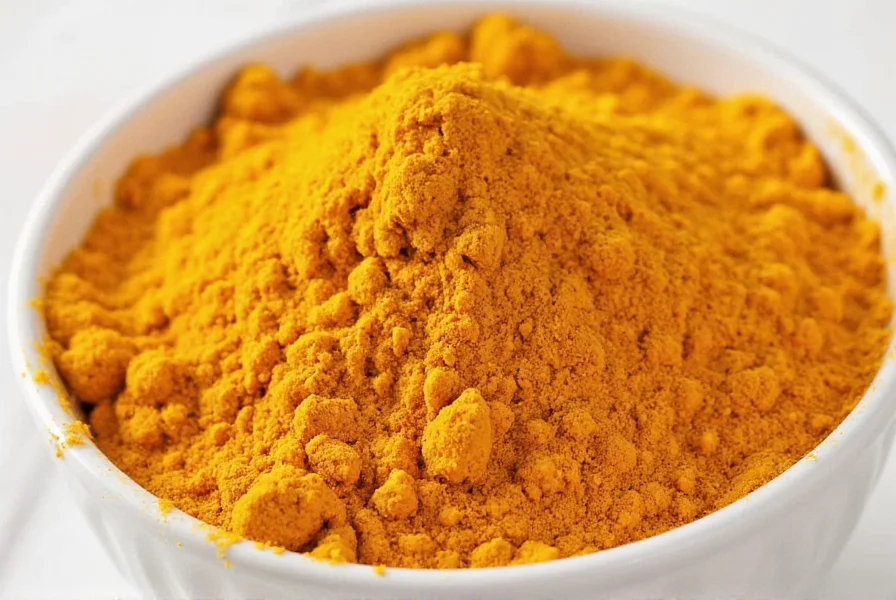Understanding Turmeric and Curcuma: Botanical Clarification
Many people search for "turmeric curcuma" wondering if these are different substances. The confusion stems from scientific versus common naming conventions. Curcuma is the botanical genus name, while turmeric specifically refers to Curcuma longa, the most widely used species for culinary and medicinal purposes. This distinction is crucial when evaluating scientific literature, as studies specifically reference Curcuma longa when discussing turmeric's properties.

The Science Behind Curcumin and Curcuma
The primary bioactive compound in turmeric is curcumin, which constitutes about 2-8% of the dried rhizome. Curcumin belongs to a group of compounds called curcuminoids, which include demethoxycurcumin and bisdemethoxycurcumin. Research published in the Journal of Medicinal Food confirms that these compounds are responsible for turmeric's anti-inflammatory and antioxidant properties.
When examining curcuma longa health benefits, it's important to distinguish between traditional uses and scientifically validated effects. Multiple systematic reviews, including those in Advances in Experimental Medicine and Biology, support turmeric's role in:
- Reducing inflammation markers in osteoarthritis
- Supporting cognitive function through antioxidant activity
- Aiding digestive health by stimulating bile production
- Potentially supporting cardiovascular health through endothelial function
| Compound | Natural Source | Percentage in Turmeric | Key Properties |
|---|---|---|---|
| Curcumin | Curcuma longa rhizome | 2-8% | Anti-inflammatory, antioxidant |
| Demethoxycurcumin | Curcuma longa rhizome | 1-3% | Antioxidant, neuroprotective |
| Bisdemethoxycurcumin | Curcuma longa rhizome | 0.5-2% | Anti-inflammatory, metabolic support |
Addressing Curcumin Bioavailability Challenges
One of the most significant limitations in scientific evidence for turmeric is curcumin's poor bioavailability. Studies show that curcumin has low absorption, rapid metabolism, and quick systemic elimination. This explains why many early studies showed limited effects despite promising laboratory results.
Research has identified several strategies to enhance absorption:
- Piperine combination: Black pepper extract increases absorption by up to 2,000% according to research in Planta Medica
- Fat-soluble delivery: Consuming turmeric with healthy fats improves absorption
- Heating: Gentle cooking enhances curcumin solubility
- Phospholipid formulations: Modern delivery systems significantly improve bioavailability
Evidence-Based Usage Recommendations
When considering how to increase turmeric absorption for maximum benefit, practical application matters more than theoretical knowledge. Based on clinical evidence:
- For general wellness: 500-1,000 mg of standardized curcumin extract daily
- For inflammatory conditions: 1,000-1,500 mg of enhanced-absorption curcumin daily
- For culinary use: 1-3 grams of powdered turmeric daily, preferably with black pepper and healthy fats
The difference between turmeric and curcuma becomes particularly relevant when purchasing supplements. Look for products specifying Curcuma longa extract with standardized curcuminoid content (typically 95%) for therapeutic applications.
Safety Profile and Considerations
Turmeric is generally recognized as safe (GRAS) by the FDA when consumed in food amounts. However, high-dose supplementation requires consideration of potential interactions:
- May interact with blood-thinning medications
- Potential gastrointestinal discomfort at high doses
- Caution advised for individuals with gallbladder issues
- Limited safety data for long-term, high-dose supplementation
Research published in Food and Chemical Toxicology indicates that curcumin has an excellent safety profile at appropriate doses, with most studies showing no significant adverse effects below 8,000 mg daily (though such high doses aren't typically recommended).
Practical Applications in Daily Life
Understanding is curcuma the same as turmeric helps consumers make informed choices. For everyday use:
- Add 1/2-1 teaspoon of turmeric to smoothies with black pepper and coconut oil
- Use in golden milk recipes (turmeric, milk, black pepper, cinnamon)
- Incorporate into soups, stews, and rice dishes for both flavor and color
- Consider enhanced-absorption supplements for therapeutic applications

Conclusion: Separating Fact from Hype
While curcumin vs curcuma terminology can create confusion, the scientific consensus confirms that Curcuma longa (turmeric) contains valuable bioactive compounds with demonstrated health benefits. The key is understanding that not all turmeric products deliver equal benefits—bioavailability matters significantly. By choosing appropriate forms and consumption methods, individuals can maximize the potential benefits of this ancient spice with modern scientific validation.
Frequently Asked Questions
Is curcuma the same as turmeric?
Yes, turmeric is the common name for the specific plant species Curcuma longa, which belongs to the Curcuma genus. While "curcuma" refers to the entire genus of plants, "turmeric" specifically denotes Curcuma longa, the species used for culinary and medicinal purposes.
What's the difference between curcumin and curcuma?
Curcumin is the primary bioactive compound found in turmeric (Curcuma longa), while curcuma refers to the botanical genus. Curcumin makes up about 2-8% of turmeric's composition and is responsible for many of its health benefits, whereas curcuma encompasses approximately 130 different plant species.
How can I improve turmeric absorption?
To enhance turmeric absorption, combine it with black pepper (which contains piperine), consume it with healthy fats, or use it in cooked dishes. Research shows these methods can increase curcumin bioavailability by up to 2,000%. Modern supplement formulations using phospholipids or nanoparticles also significantly improve absorption.
What are the most scientifically supported benefits of turmeric?
The most evidence-backed benefits include reducing inflammation in conditions like osteoarthritis, providing antioxidant protection, supporting digestive health, and potentially aiding cognitive function. Multiple systematic reviews confirm these effects, though results vary based on formulation and dosage used in studies.
Are there any safety concerns with regular turmeric consumption?
Turmeric is generally safe when consumed in food amounts. However, high-dose supplementation may interact with blood-thinning medications and could cause gastrointestinal discomfort in some individuals. Those with gallbladder issues should consult a healthcare provider before using turmeric medicinally, as it may stimulate bile production.











 浙公网安备
33010002000092号
浙公网安备
33010002000092号 浙B2-20120091-4
浙B2-20120091-4